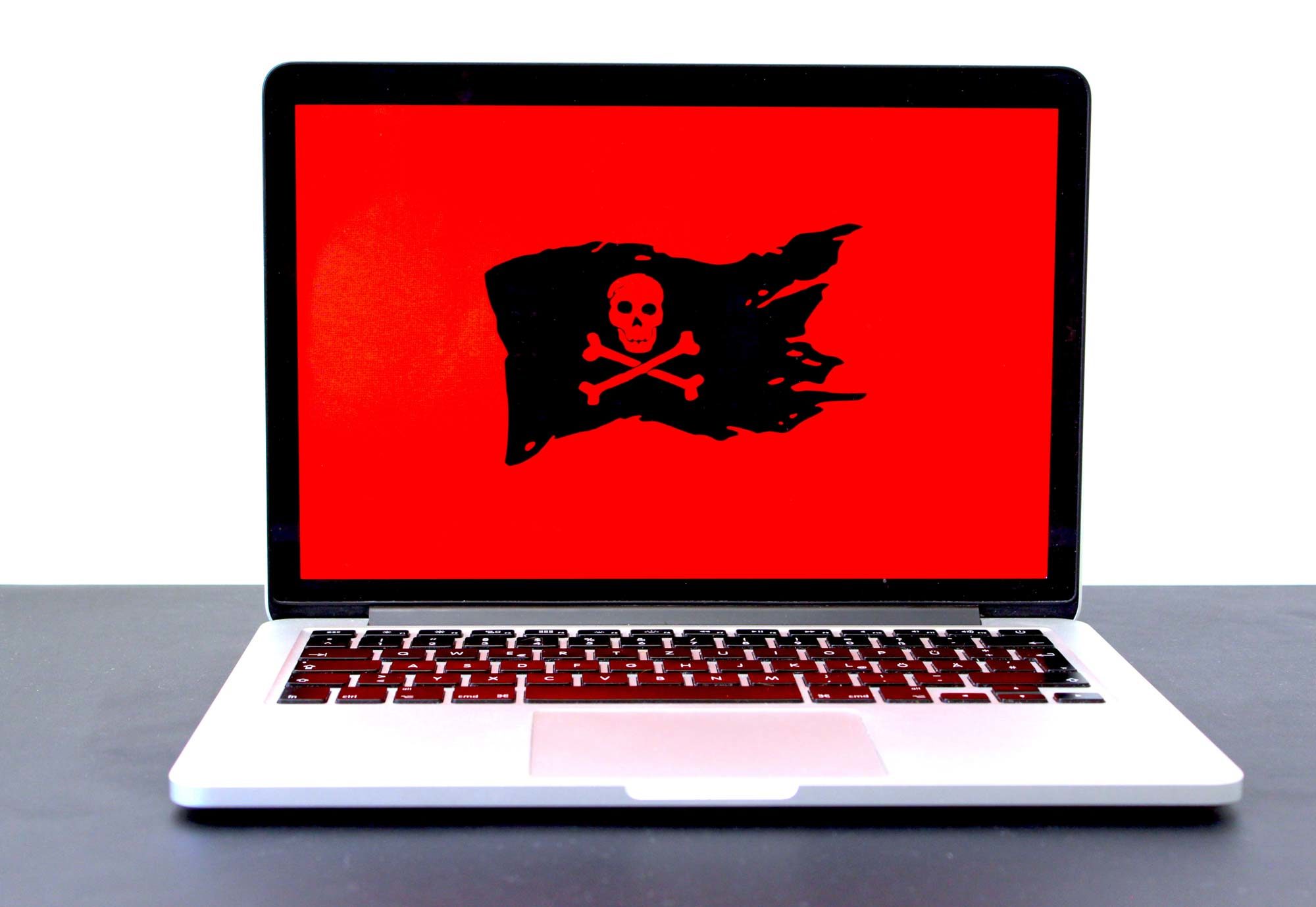
Ransomware attacks seems to follow a similar pattern. First, HR or another targeted user receives a file as an attachment. What was disguised as a résumé quickly becomes a nightmare for IT support and snowballs into a full-out crisis. But ransomware doesn’t have to compromise your business. There are ways to prevent against ransomware attacks and stay out of the spotlight.
What Is Ransomware?
Ransomware is malicious software that encrypts your files or shuts you out of your computer until you pay a fee. Fees range from a few dollars to a record $1M, paid by a South Korean web hosting company after being hit by WannaCry in May. Crytoplocker is another example. Once it fools you into installing its software, it encrypts essential files on your computer. To retrieve your files, you must pay.
The Cost of Ransomware to Small Businesses
Ransomware cost small businesses $75 billion dollars in lost productivity and related expenses last year. For Los Angeles companies alone, it costs an estimated $175 million dollars per year, roughly $14.5 million dollars a month. The ransomware epidemic has become so persistent and invasive that many banks now stock tens of thousands of dollars in Bitcoin to pay the ransom from cyberattacks.
How to Protect Against Ransomware Attacks
Curbing the destruction ransomware causes might seem like a tall order for your small business. But there are some simple ways to fight back against ransomware.
1. User Training
The easiest method to stop ransomware is to train your end users. Security training will have the most direct impact on preventing your company infrastructure from being compromised. After all, in most cases, the ransomware comes into the system after a user is prompted to open a file. Train your employees not to open unknown files or to look for signs of a malicious attachment, and you will see a drop in infections.
2. Endpoint Protection
Endpoint protections often come in the form of antivirus, antimalware or a combination of both. Choose an endpoint solution that allows for real-time or near real-time attack updates and threat signatures to ensure you stay ahead of any global outbreaks.
3. Patch Management
Even when malware makes its way into your network, a properly patched desktop and server infrastructure will go a long way in preventing damage. The WannaCry ransomware took advantage of an exploit in older Windows operating systems. Microsoft rolled out a critical patch to update desktops and servers a couple months before the attack, and if you had that patch, you were unaffected. Patch management can easily fall through the cracks. But failing to install critical updates exposes you to cybercrime like ransomware attacks. Managed services providers can help guide your patch management strategy and install software so no critical updates get missed. Get a free network assessment today.
4. Business Continuity and Disaster Recovery
Should your data get compromised, having a solid plan for continuing operations will help soften the blow. You should develop a new business continuity plan yearly and test frequently to ensure no processes are bogging down recovery. Most BC/DR solutions include multiple backups for your data, the ability to recover to another media or server and, in some cases, run from the cloud. Having a good imaging solution also helps with this process. You can move from a compromised system to fully functional in under half an hour. If the data is safe, a complete reformat and reinstall of Windows will bring productivity back quickly.
5. Risk Planning
Finally, identifying the tools and information your operations depend on is key to protecting yourself. Having a risk management audit performed will allow you to identify key applications and hardware that are crucial to running your business. Developing plans to mitigate the risk will ensure you don’t waste energy or money trying to fix the ransomware. Ransomware is in its infancy as an attack weapon. The more criminals become adept at using it and the more businesses fail to plan and pay the ransom, the more disastrous this tool will become. Taking the right steps can help you mitigate risk and stop the ransomware threat before it becomes too dangerous.
Need help securing your network? Get a free network assessment to identify and resolve critical security vulnerabilities.
Other News
Find out more
about Sugarshot USA



